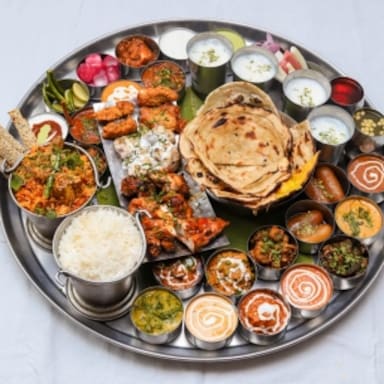The Art of Crafting a Balanced Thali
The traditional Indian thali is more than just a meal; it is a carefully balanced platter that offers a harmonious blend of flavors, nutrients, and textures. Creating a thali that is light, hydrating, and nutritious requires thoughtful selection of ingredients and portion control.
Essentials of a Light and Hydrating Thali
A light thali emphasizes easily digestible foods with natural moisture content to keep the body hydrated. Incorporating fresh vegetables, seasonal fruits, and cooling beverages like buttermilk or coconut water helps maintain hydration and freshness.
Key Components and Nutritional Balance
A nutritious thali typically includes a variety of food groups: whole grains like chapati or brown rice, protein sources such as dal or legumes, and a mix of cooked and raw vegetables. Adding curd provides probiotics essential for gut health.
Seasonal and Regional Variations
Adapting the thali to seasonal availability not only enhances taste but also ensures nutritional adequacy. For instance, summer thalis focus on hydrating ingredients like cucumbers and watermelon, while winter plates may include warming spices and root vegetables.
Tips for Preparing a Wholesome Thali
Using minimal oil, balancing spicy and mild flavors, and avoiding heavy fried foods help keep the meal light. Portion control ensures satisfaction without overeating, supporting overall wellness.
This guide offers detailed insights into Indian culinary traditions, perfect for food lovers and trivia enthusiasts interested in healthy eating habits.
Source: Ndtv

